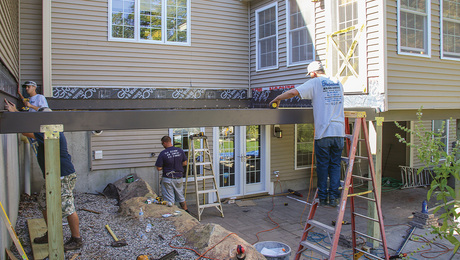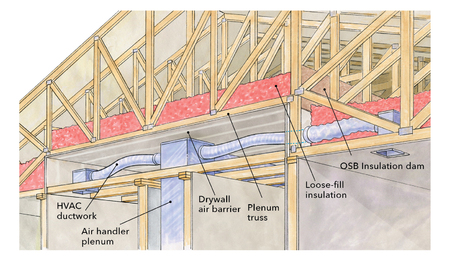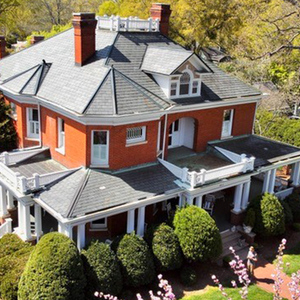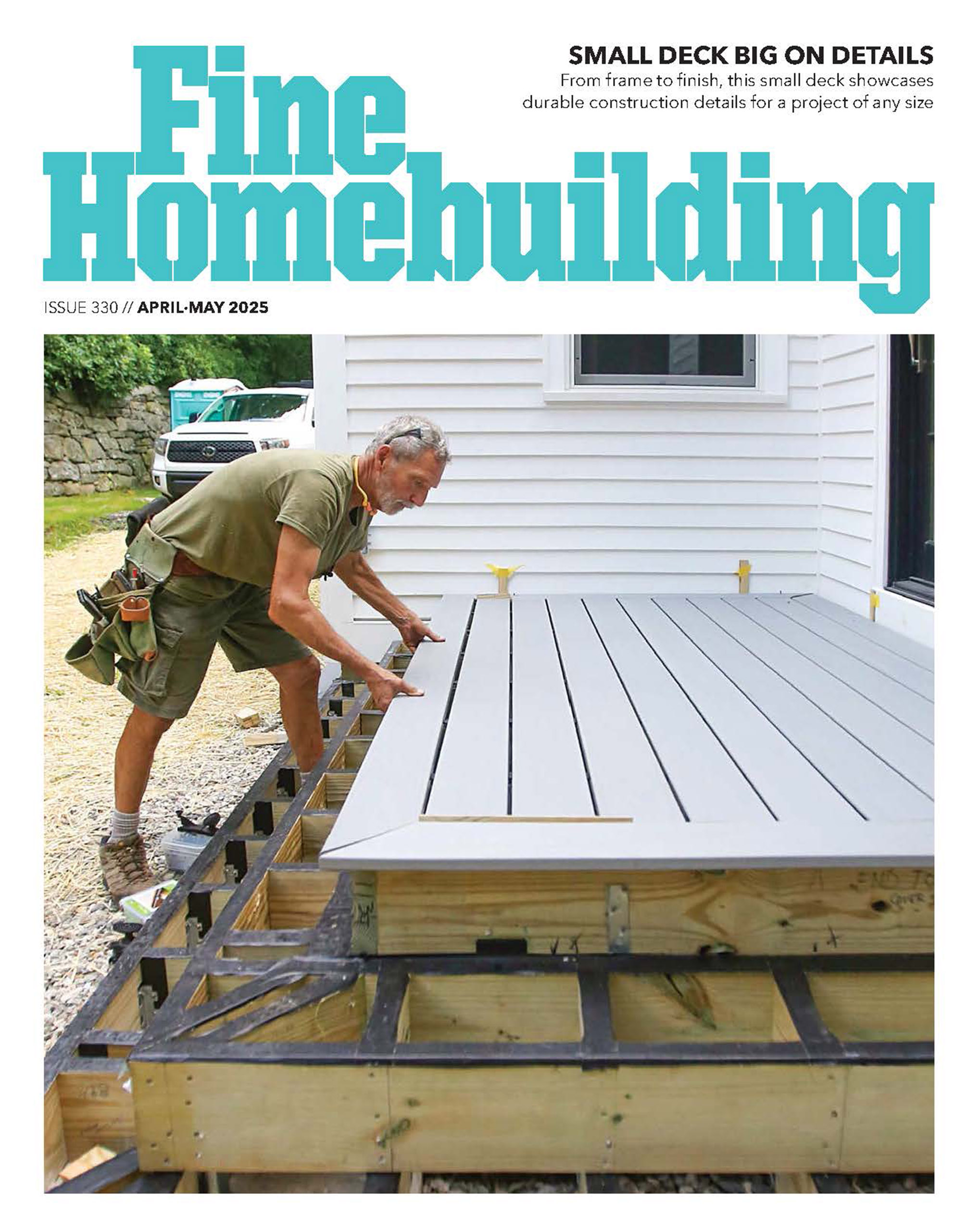Q&A: Clearing the Air Around Smoke Alarms
Expert advice on when and where to install smoke alarms and what types of smoke alarms work best for different rooms of the house
What are some key elements of the code for smoke alarms in homes?
Smoke alarms are required in and outside all sleeping areas, and on every level of the house, including basements. In new construction, alarms have to be powered by both line voltage and backup batteries. They also have to be interlinked so that if one detects smoke, they all sound. Finally, smoke alarms have to be installed according to UL or other listing and the manufacturer’s published instructions.
Who dictates these codes, and where do they appear?
The National Fire Protection Association (NFPA) is a non-profit professional association whose members develop codes and standards, including the National Electrical Code (the NEC, aka NFPA 70) and the Fire Alarm Code (NFPA 72). These codes are guidelines, unless and until they are adopted as law by an authority having jurisdiction (a state, city, or county, for instance). National codes are revised regularly (usually every three years), but many jurisdictions use older versions or adapt the national codes, adding to or changing the requirements on a local level. The NFPA’s Web site is an excellent resource for national codes and standards (www.nfpa.org). Don’t assume anything, though; check your local codes.
What are some of the requirements specific to installation?
The NFPA 72 installation requirements call for smoke alarms to be installed on the ceiling, at least 4 in. from the adjacent wall for a flat ceiling; within 36 in. horizontally and 4 in. below the peak of a vaulted ceiling; and within 36 in. horizontally of the high side of a sloped ceiling and at least 4 in. from the adjacent wall. In a coffered ceiling, they must be installed within 12 in. of the highest point. Smoke alarms also can be installed on walls, at least 4 in. from and within 12 in. of the ceiling (left drawing).
Whether on a wall or on a ceiling, they have to be installed at least 36 in. horizontally from HVAC supply registers, the blade tip of a ceiling fan, and the doorway of a bathroom with a shower or tub.
The manufacturer’s instructions cover requirements specific to the product and must be followed if different from code.
What types of alarms fulfill this requirement?
The most common kind of smoke alarm is the ionization (PI) type, which uses a tiny bit of radioactive isotope to detect the airborne ions a fire can produce. Another kind is the optical or photoelectric (PE) type, which detects smoke from a fire. The third kind is a temperature or heat-sensing type, which sets off an alarm if the temperature goes above a set point.
What are the strengths of each type?
The ionization alarm is best at detecting a freely burning fire. The optical type is best at detecting a smoldering, smoky fire. The heat-sensing kind is best for locations where the other types would be prone to false alarms.
Be aware that different types of smoke alarms can be interlinked, so you can use different types in different locations. Check with the manufacturer’s installation instructions for more specifics.
What types are most or least prone to producing false alarms?
Properly installed, temperature alarms are least likely to give false alarms. Ionization alarms give false alarms more often than others because of moisture or steam. They’re also most likely to sound when someone in the house is cooking. It’s not a false alarm if the detector goes off because of burnt toast; that’s a nuisance alarm. The alarm has detected real smoke or products of combustion; it’s just that the source isn’t an uncontrolled fire. Many units have a button that allows residents to silence the unit temporarily in the case of a nuisance alarm. This feature is extremely valuable. There are many tragic cases where a home’s residents die in a fire and a nonoperating smoke alarm is found, either with no battery or a disconnected battery.
Does a smoke alarm make a house firesafe?
Having well-located, operating smoke alarms increases the chances that you’ll be alerted to a fire in time to get out of a burning house. But this warning is not a substitute for having an escape plan that everyone in the house has practiced.
What’s new in smoke alarms?
“Talking” alarms have synthesized voice-audible alarms, which studies suggest can be heard and recognized more readily than the usual loud beeping. There are also units that link wirelessly, which is great for renovations and additions. Companies are also now selling alarms that have a low profile, with most of the components tucked inside the electrical box.
Would you recommend using smoke/carbon-monoxide alarm combos?
These units simplify installation and maintenance, but the optimal placement of a carbon-monoxide alarm is different from the placement of a smoke alarm. I suggest separate units.
What type is best for shops and garages where dust or exhaust can cause false alarms?
A temperature alarm.
Do smoke alarms require maintenance?
Most ionization (PI) alarms require replacement every 10 years. All types should be tested with the unit’s test button monthly, cleaned (vacuumed) periodically, and have their battery replaced yearly, unless the unit has a 10-year battery. Don’t paint a smoke detector; it’s too easy to block the vents inadvertently and prevent airflow through the unit.
Drawings: Dan Thornton




























